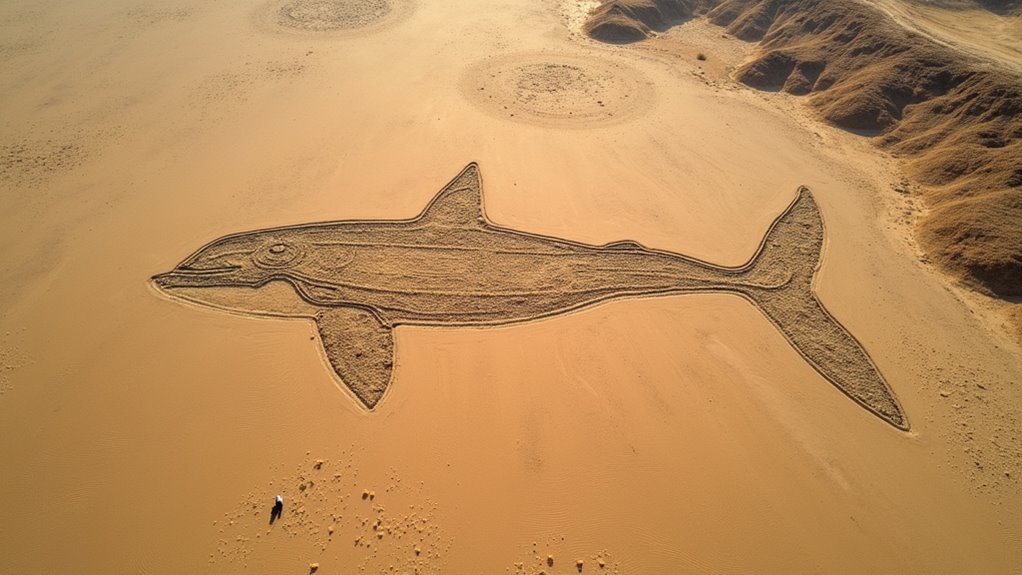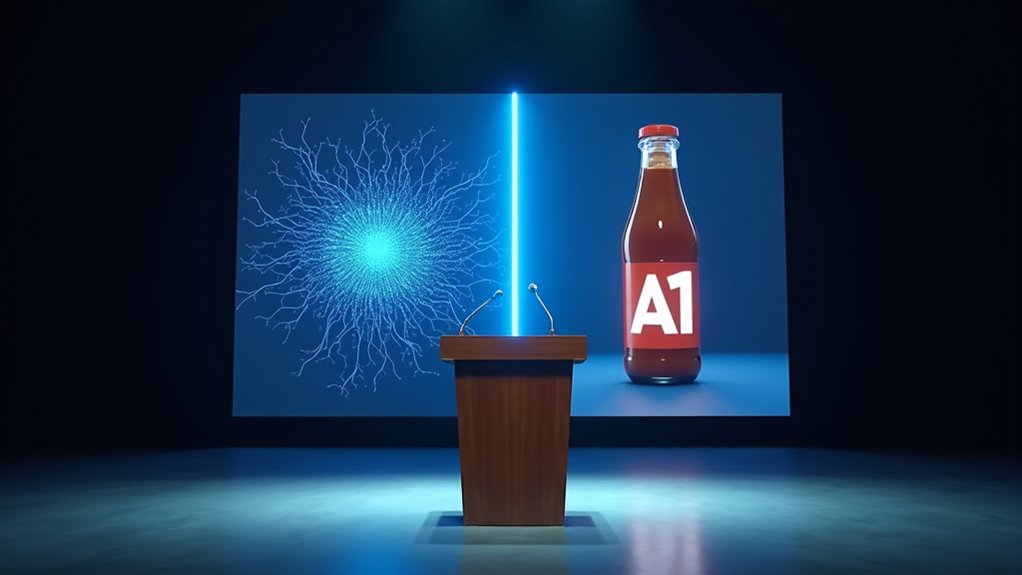Hundreds of ancient Nazca geoglyphs have been hiding in plain sight – until now. Thanks to artificial intelligence and some clever scientists, 303 new relief-type geoglyphs have emerged from Peru’s desert floor. These aren’t your typical Nazca lines – you know, the massive ones tourists gawk at from helicopters. These are smaller, subtler, and way harder to spot.
Scientists turned to AI when traditional methods fell short. They used something called convolutional neural networks, pretrained on regular photos. Sounds fancy, right? But here’s the kicker – they didn’t have much training data to work with. So they got creative, chopping up what little they had into smaller pieces. Talk about making do with what you’ve got. These discoveries have greatly enhanced our understanding of relief-type figurative geoglyphs in the region. Like medical imaging analysis, AI processes vast amounts of visual data more efficiently than human researchers.
When regular tools hit a wall, AI stepped in – turning scraps of data into a breakthrough for ancient discovery.
The Nazca people weren’t messing around when they created these masterpieces over 2,000 years ago. While the famous line-type geoglyphs steal the spotlight, these newly discovered relief-type figures tell their own story. They’re different. More mysterious. And there’s a good chance they served entirely different purposes in ancient Nazca culture. Among the most striking discoveries is a 72-foot orca wielding a knife.
Peru’s desert climate deserves a thank-you card. The lack of rain and harsh conditions – terrible for farming but perfect for preservation – kept these ancient artworks intact for centuries. The geological makeup of the area created just enough contrast between materials to make these designs visible, if you know where to look. And now AI does.
This discovery isn’t just about adding numbers to a list. Since the first geoglyphs were spotted by Peruvian pilots in the 1930s, archaeologists have been piecing together the puzzle of Nazca civilization. Japanese researchers jumped in with satellite imagery in 2004, but AI just changed the game entirely. It’s practically doubled the number of known relief-type geoglyphs overnight.
The best part? This is just the beginning. With AI getting better at spotting these faint desert drawings, who knows what else is waiting to be found? Ancient Nazca artists, it turns out, were busier than we thought.







